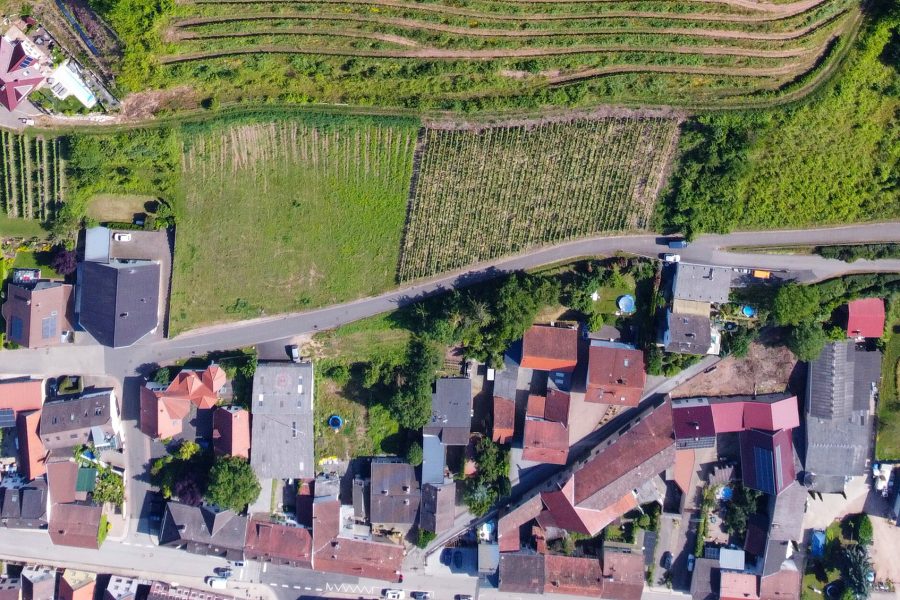Surveys consistently show that owning a home is one of the keys to overall happiness, which no doubt explains why debates about housing prices are so emotional – and so dominant in the Legislature and at city councils. Thanks to low supply and the resulting price surges, many Californians now struggle to buy homes. The nationwide homeownership rate is nearly 66 percent, but that number is only around 55 percent in California.
Obviously, homeownership comes with drawbacks. Replacing a roof or repairing a foundation is expensive. It’s harder to take a new job in another city if you’ve got to first sell your home. But owning a home allows you to design it to your tastes. You’re not living in fear the landlord will sell it. You get tax breaks and can build equity over time. You can settle in and become part of the community. The feds have long viewed homeownership as a key to economic stability.
A brewing battle in Northern California 60 miles east of San Francisco in exurban Solano County will determine whether our state is serious about building new housing. It will also show whether YIMBYs – the Yes In My Back Yarders who promote housing construction – are true to their own rhetoric, or are just the urban version of NIMBYs (Not In My Back Yarders) who oppose any construction they don’t like.
People often have the misconception that home prices are so high in the Bay Area because urbanization has limited places to build. In reality there’s seemingly endless open land throughout the eight-county region, but government growth controls are limiting opportunity for development. For instance, across the Golden Gate Bridge in Marin County, 84 percent of the land is off limits to development. No wonder the population is only 260,000 and home prices are absurd.
Read Edward Ring’s articles (Part 1 and Part 2) about the Solano city proposal.
Read Steven Greenhut’s article about how the Solano city proposal can be a game-changer.
It’s the same story throughout the area. Growth-control measures in Alameda County have assured that one sees nothing but lovely empty hillsides on the drive to Oakland, but they have scuttled development plans and assured million-dollar median home prices. Solano is home to some major suburbs, but is dominated by vast tracts of ranchland (and wind farms) as one heads eastward to the Sacramento County line. I love the open spaces, but it’s an ideal spot for a new city.
That’s exactly what savvy venture capitalists from the Bay Area are planning. Beginning in 2017, a group called Flannery Associates has quietly purchased 50,000 acres – in a move that echoes the Walt Disney Co.’s secretive purchase of swampland around Orlando in the 1960s as it pursued the construction of Disney World and eventually Epcot Center. Big dreams require bold action, especially if one wants to build an entirely new city in regulation-choked, growth-controlled California.
The project has become the biggest thing in Solano County in perhaps forever, which makes the proposal’s name, California Forever, apropos. A New York Times article in August turned local buzz into a statewide controversy. It described the idea as follows: “Take an arid patch of brown hills cut by a two-lane highway between suburbs and rural land, and convert it into a community with tens of thousands of residents, clean energy, public transportation and dense urban life.”
California Forever representatives have been holding the usual array of public meetings, as they prepare for a November countywide ballot initiative that’s necessary to rezone the land from agricultural uses. That’s necessary because in 2008 county voters overwhelmingly passed the Orwellian-named Orderly Growth Initiative – a common type of NIMBY open-space measure that has paved (actually, not paved) the way for the state’s housing crisis.
The Press Democrat reports that the initiative campaign is off to a “bumpy start,” which isn’t surprising for a project of this scale. It’s also not surprising that some locals take a burn at the idea of tech moguls from the Bay Area helicoptering into a somewhat rural area and imposing their big ideas on them.
Fortune magazine reported that, “The Silicon Valley billionaires’ Astroturf city being built from scratch is running headlong into a NIMBY backlash.” Ironically, it’s not only NIMBYs who are a problem. The San Francisco Chronicle reported the proposal has divided YIMBYs. “It’s sprawl with a prettier face and prettier name,” one YIMBY activist told the newspaper.
I’ve found many YIMBY critiques on social media, which is odd given the plan is filled with the latest urbanist concepts. “All cities were once ‘new’ cities,” California Forever notes. It’s also spot on when it explains that “we will never, ever come close to solving our housing affordability challenges through infill alone.” But many YIMBYs aren’t so much about building housing, but shoehorning us into tiny apartments along bus lines.
The project certainly is shaking up the housing debate across the state – and might determine whether new generations will be able to take part in the American Dream.
Write to Steven Greenhut at [email protected]. This column was first published in The Orange County Register.


